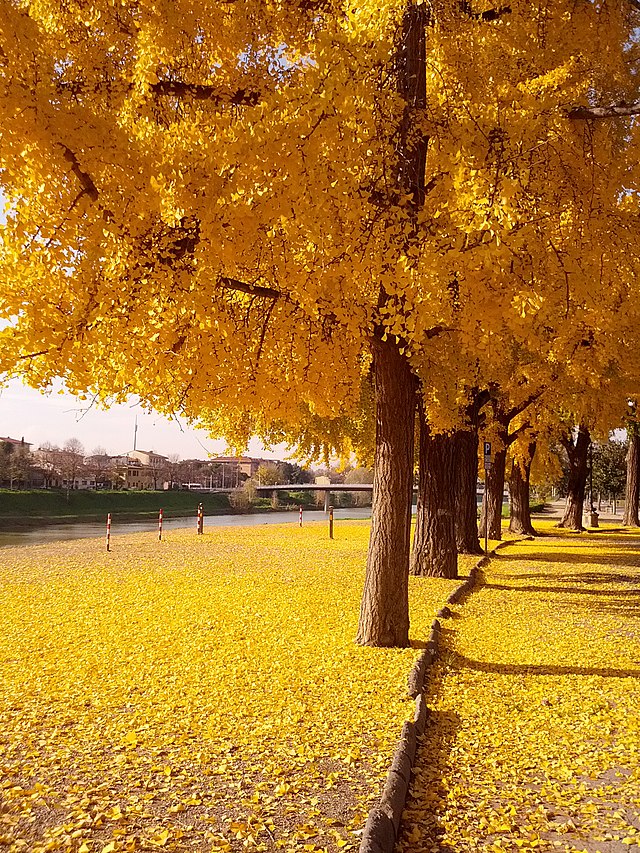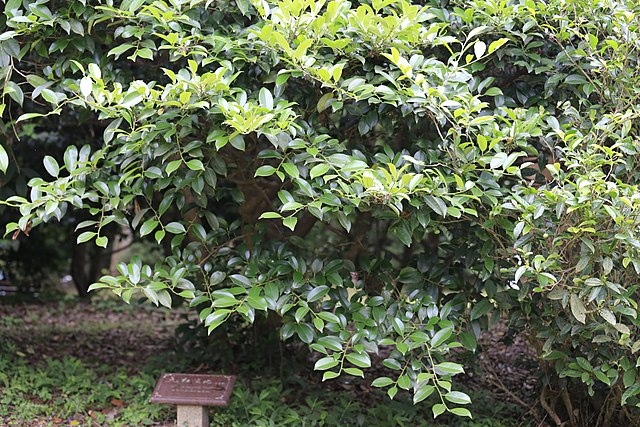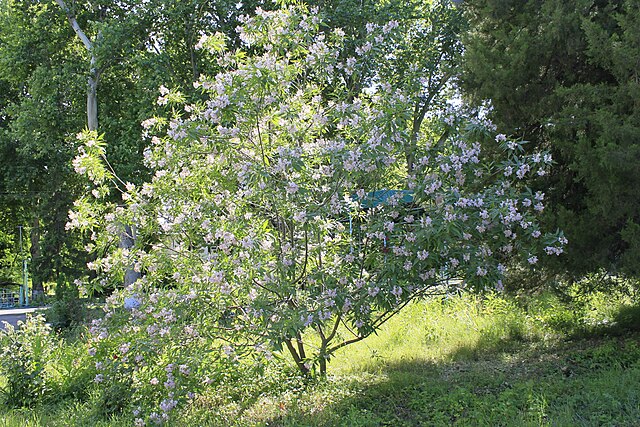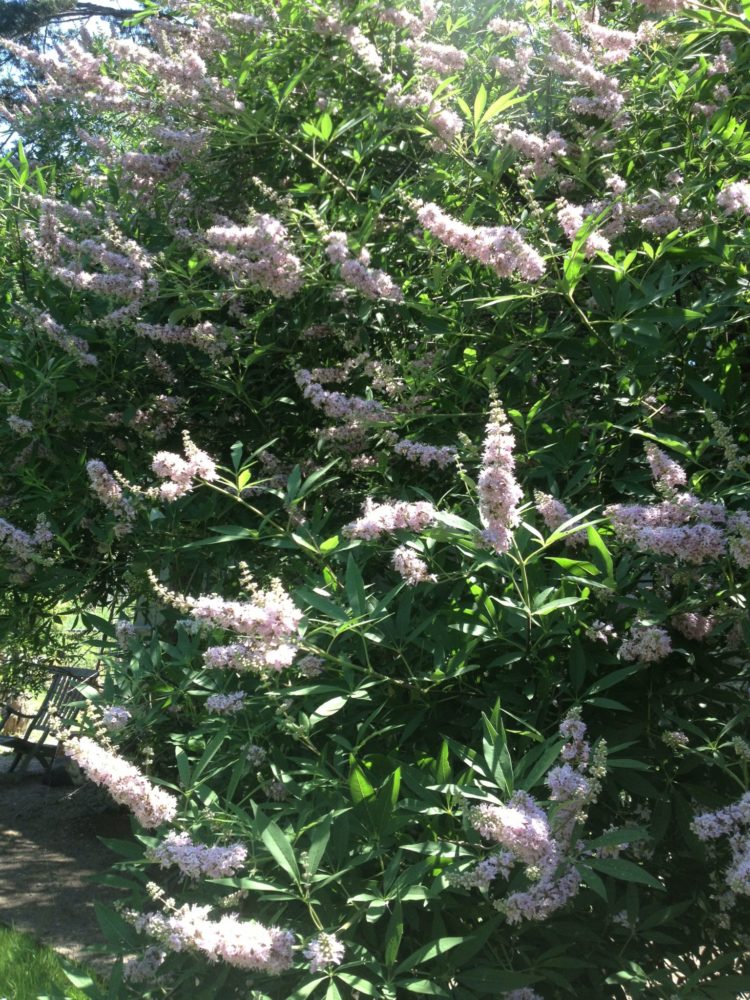Ginkgo Tree

Ginkgo Tree
(Ginkgo biloba)
Ginkgo Trees are not native to the region and are typically planted as landscape trees. They perform well with full sun and well-drained soil, and once established, they are quite drought-tolerant.
The ginkgo’s fan-shaped, light green leaves are distinctive and turn a bright lemon-yellow in the fall, a hallmark of the tree.
The ginkgo is known as a “living fossil” because it is one of the oldest tree species on Earth, with some trees surviving for thousands of years.
About | Services | Projects | Press | Contact | Site
photo: creative commons




